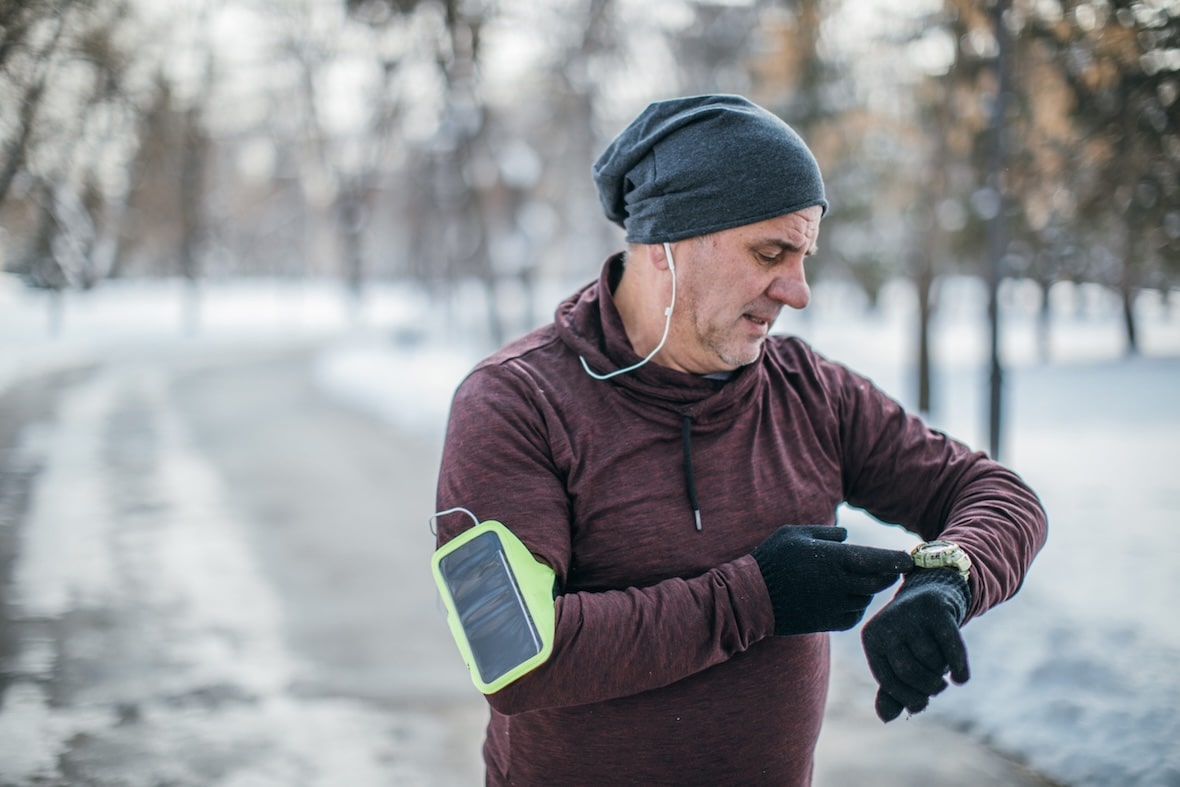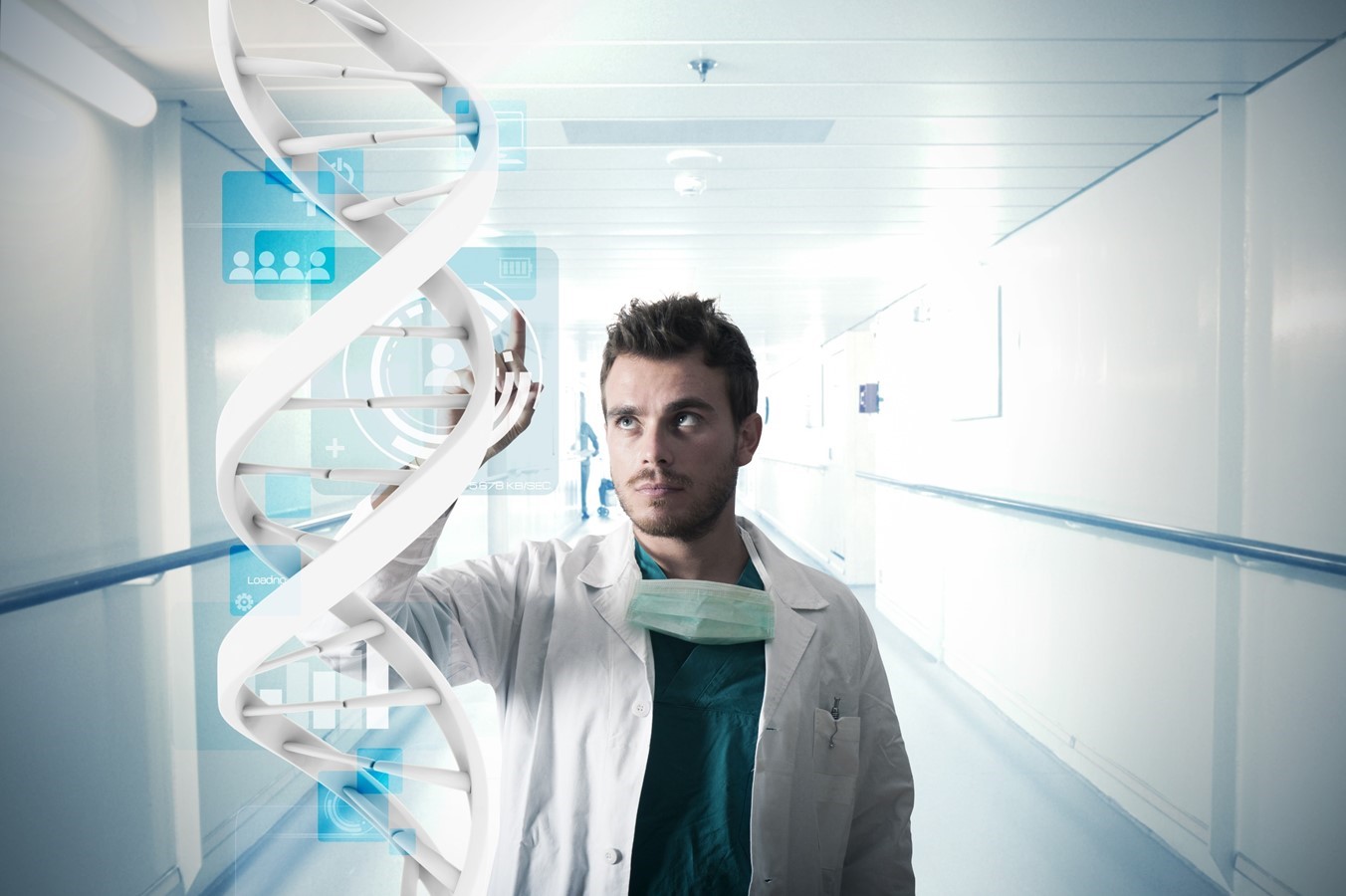In the immortal words of the late great René Descartes, “I think, therefore I am”.
But thinking in healthcare often involves misdiagnosis and mistreatment, so much so, that medical errors are now the third leading cause of death in America. To err is human, but a new epoch of healthcare will involve intelligent devices thinking and autonomously acting in our best interests, minus the human fallibility. It is predicted that the market for connected healthcare will reach USD$61 billion by 2020, growing at a rate of 33% annually. But the question remains, how can a benevolent artificial deity provide sufficient solace, so that we are confident enough to share the most intimate details of our lives and let it make decisions on our behalf. This article will explore the three stages of device-to-device communication in healthcare.
Setting the Stage
As the world looks to reduce the crippling cost of healthcare, Remote Patient Monitoring has emerged as one way to stem the rising financial tide. Remote Patient Monitoring has the potential to reduce the average cost of treatment in the acute setting from USD$5,000 – USD$10,000 per day to USD$4 – USD$5 per day. But, while effective in comparison to hospitalisation, Remote Patient Monitoring still requires the clinician to intervene by analysing patient data, and recommending a course of treatment. As it stands today, in its simplest of forms, Remote Patient Monitoring is labour and time intensive, when often a simple decision is all that is required.
The emergence of true Remote Patient Monitoring will set the stage for a dramatic reduction in the cost of healthcare. Devices will soon be preconfigured to only serve the clinician with a notification or suggested course of action when data from a device is outside the determined ‘normal’ range for that specific patient. Our devices’ ability to autonomously gather and analyse data on their own will remove the limitations of human-entered data—automatically obtaining the data the clinician needs, while reducing the risk of error. Connected medical technology with predefined parameters which analyses data on the clinician’s behalf will create a connected healthcare ecosystem that proactively seeks to avoid patients being admitted to hospital, instead assessing and treating them in their home.
A Match Made in Data Driven Heaven
The popularity of the quantified self is paving the way for devices to track every breath you take, and every move you make. But while our devices are tracking us, our data lives a solitary life. It remains divided and oblivious to its fellow countrymen’s existence on other devices, and unable to converge to form a cohesive picture of our personal health and wellbeing. Device-to-device communication signals the end to this untenable disjunction by enabling devices to communicate directly with each other, without need for human invention or guidance. Data from multiple devices will be collected and analysed as a whole against pre-determined confines, only to notify the clinician if or when intervention is required. This small step for technology is one giant leap for Remote Patient Monitoring as measurements taken from just one device are often read out of context. Device-to-device communication will turn data from multiple devices into insights, and then into action, and will be especially valuable in the pursuit of self-driven early disease discovery and diagnosis.
To Data-finity and Beyond
The antithesis of device-to-device communication embodies a move from reactively detecting and reacting to our physical and mental health, to proactively influencing it. From FitBit to Facebook to financial data, the crescendo of our data will paint a complete picture of our lives and serve us contextual and tailored encouragement; all without the need for clinical oversight or human intervention. Our devices will collect data in real time, and in sync with the user, will be able to subtly encourage or prompt the desired actions to ensure optimal health. One such didactic example would be where your Withings smart scale detects rapid weight loss; your Apple watch detects a lack of activity; your Samsung smart fridge detects a lack of healthy food; and your social network Facebook detects that you are recently single. While individually these elements would be no cause for concern, when combined, intelligent machines could proactively identify early onset depression and create a tailored care plan in real time while taking the intuition to reach out to family members and friends.
As we venture further into terra incognita that is device-to-device communication, the notion of freewill rears its curious head. A benevolent artificial deity that can more acutely determine our best interests than ourselves, prompts the discussion of our God-given birthright to self-determination. The question of what objectively constitutes a healthy life should feature second on that conversational agenda. These deliberations need be had now, because once the utility of device-to-device communication outweighs the perceived negative attributes, the trap door swings open and we enter a bottomless freefall from which there is no return.
Image is from the film ‘Ex Machina’.



